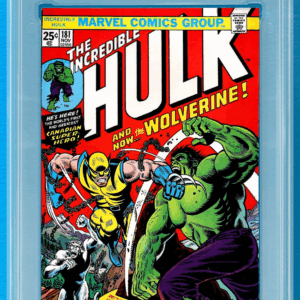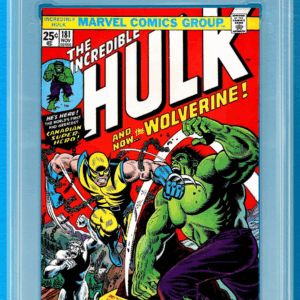Stashed away in a cozy nook of a Northeast Ohio attic, an old cigar box lay quietly collecting dust, unbeknownst to anyone of its true value. While it may have appeared to be no more than a quaint repository of forgotten trinkets, this weathered container held within its confines a veritable goldmine, sparkling not with gold or jewels, but with the shimmering nostalgia of Americana: vintage baseball cards. Among them were none other than legendary sluggers like Babe Ruth, whose cherished likeness captured on cardboard transported its fortunate finders—and bidders—back to an era when baseball reigned supreme.
Hosting this adrenaline-fueled cardboard spectacle was Stark County’s very own Kiko Auctions, an establishment with a keen eye for unearthing hidden gems within humble midwest homes. When the curtains finally fell, this dazzling display of sports history accumulated an impressive sum of $120,000 in online bids. With additional costs factored in—a 10% internet convenience, if you will, and a subtle 6.5% sales tax—the grand total swelled to a little over $140,000.
The proprietors of this childhood treasure were a pair of siblings who, preferring to stay out of the spotlight, found themselves stumbling upon this jackpot while rummaging through the remnants of their parent’s estate. The siblings’ prescient hunch proved to be a safe wager—a gold-star decision that rivaled the impeccable batting averages of the players immortalized on their newfound digital currency.
As for the auction itself, it was not merely a cap-tip to Babe Ruth and his ilk. The event, unspooling from May 28 to June 2, celebrated a total of 623 lots, with baseball cards claiming the lion’s share of the stage. From that glittering ensemble, more than 200 hailed from the illustrious 1933 Goudey Big League Gum set. To the unacquainted, this set was akin to a Golden Age cinematic release, complete with a revolutionary twist. The principled purveyors at Goudey enticed their audience not merely with visuals of towering athletes but also with a structural innovation: the humble yet irresistible stick of gum—forever binding the scent of sugary sweetness with the spirit of America’s favorite pastime.
When the dust settled and the virtual gavel echoed through computer screens, it became apparent that a bidding behemoth, possibly identifiable through diligent analysis of their user ID, had secured a majority share of this cardboard fortune. The crown jewel of the evening? None other than a 1933 Goudey Babe Ruth card, adorned with a solid scarlet background, went for a home-run-worthy $8,000. In total, five magnificent incarnations of Ruth’s athletic prowess commanded an awe-inspiring $35,250, excluding those aforementioned fees and taxes.
Each card flaunted its own unique history and character, though none bore the definitive branding of professional grading. This quaint mystery left the winning participants with the thrill of potential risk—a gamble in every sense of the word. Yet, it is these leaps of faith that bring life to the world of vintage card collecting, keeping both wallet and heartbeat equally engaged.
Thus, from isolation in an unassuming attic to a tumultuous online auction stage that captured the fascination of collectors far and wide, these artifacts of baseball lore honor their origins. They remind us that within the layers of dust and forgotten corners of our world, lies the potential for treasures . These seemingly humble pieces of Americana, dedicated to one of the game’s greatest players, manage to bridge the modern world with that bygone era when time slowed down and every crack of the bat was accompanied by a cheer from the crowd.
In the end, the Ohio attic, once more becomes a symbol of untapped potential—a testament to the timeless bond of nostalgia and baseball’s resonant mythology. With one nod to history, the tale of these cards unfolds into a crescendo that evidently, even over a century later, still has the power to bring avid collectors to their feet.






